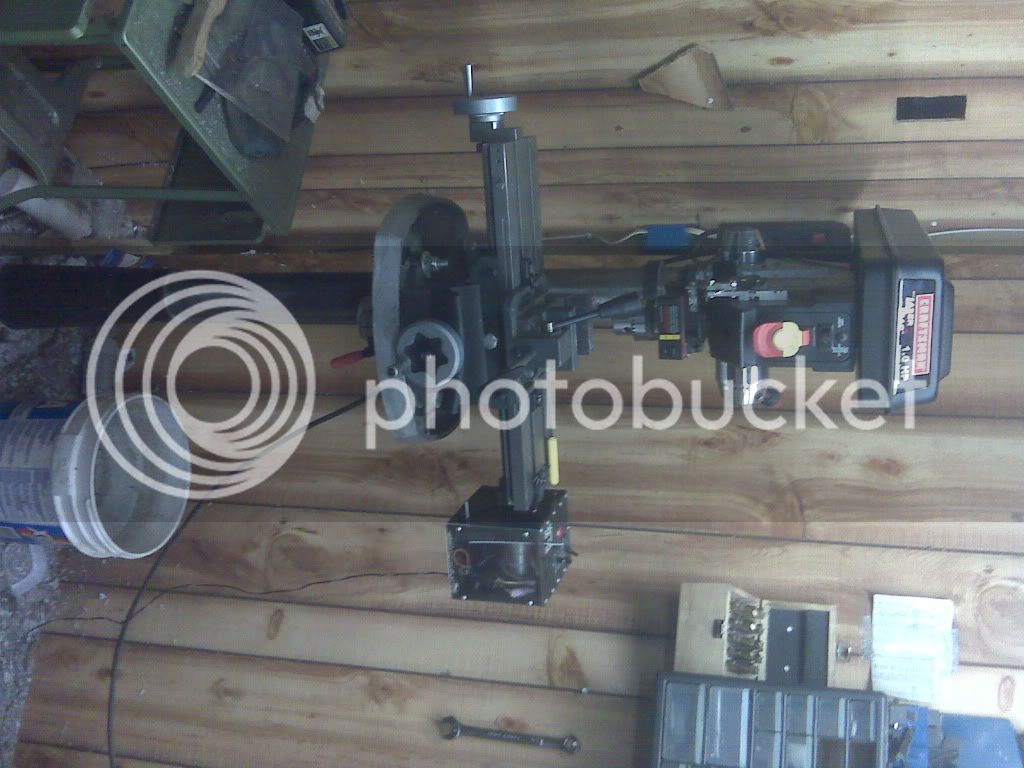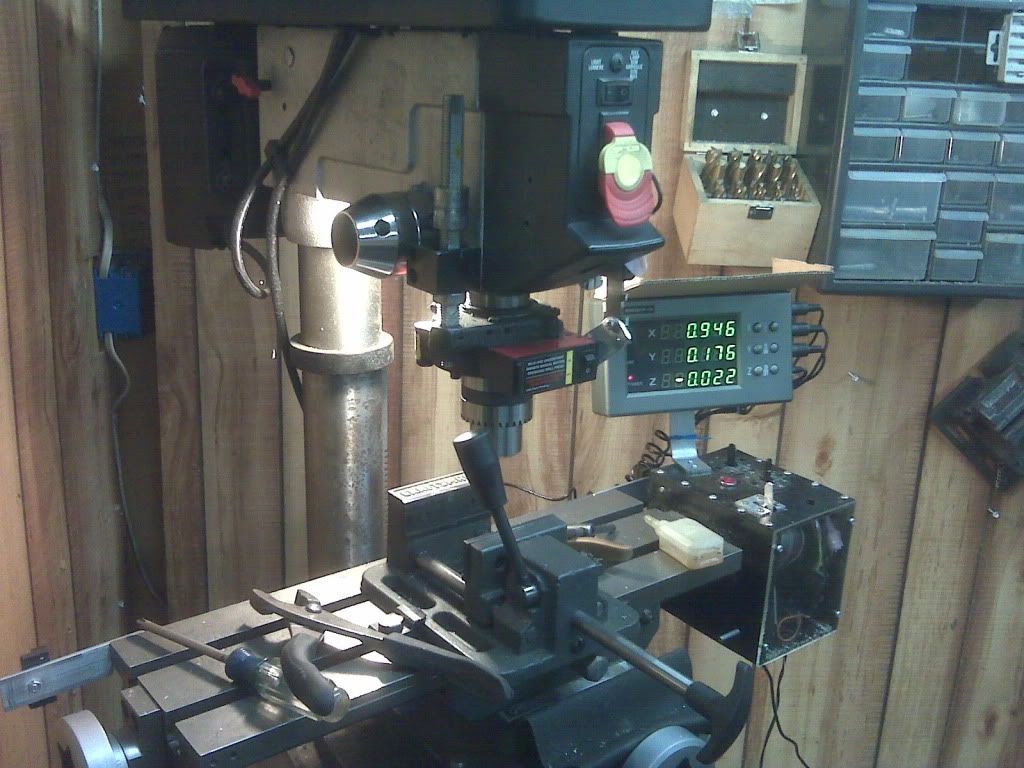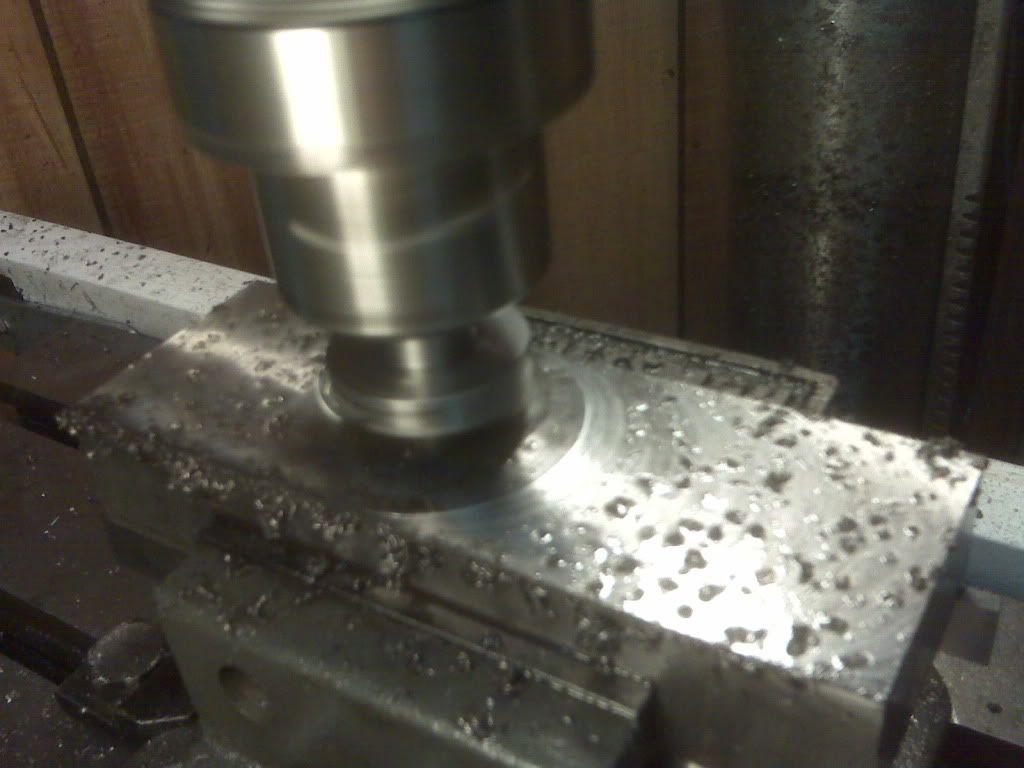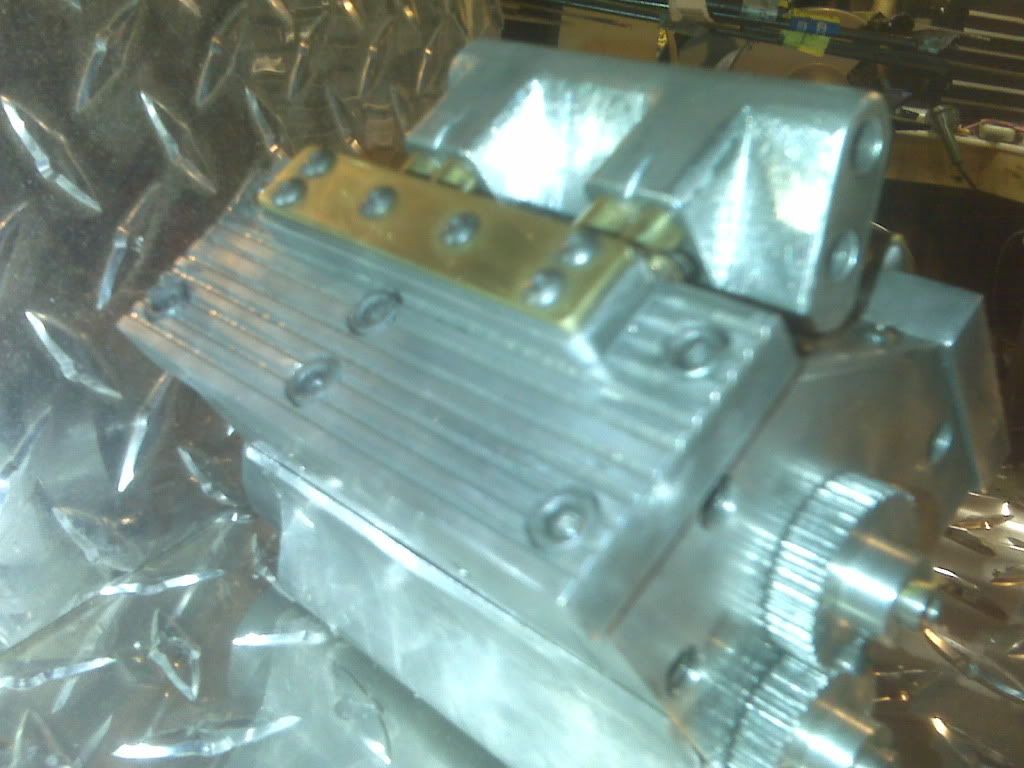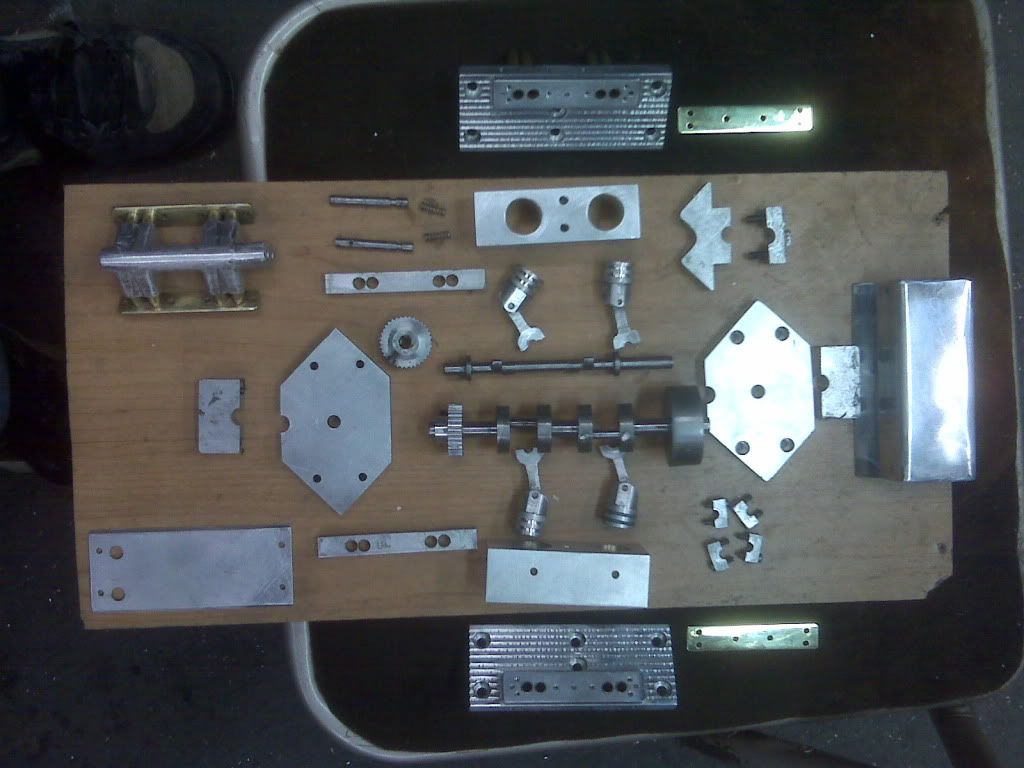Kaleb
Senior Member
- Joined
- Jan 3, 2010
- Messages
- 272
- Reaction score
- 27
Looking at the price for a decent mill these days, I thought I could get some basic milling capabilites out of my drill press with a few modifications. The main one being the fitting of a vice table and machining vice to the work platform. It may also get a rotary table at some point. The other main modification would be to add a locking device to the manual feed. Any comments?





